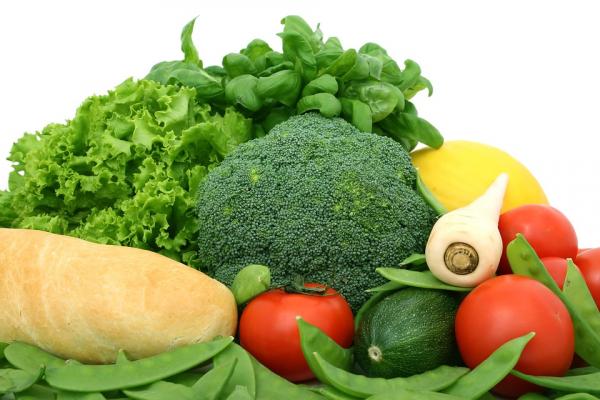Grow, Gather, Share.
There was an exhibition held in Melbourne at the Immigration Museum from mid November to April 7th this year called “Grow, Gather, Share” expanding on how gardening helped assimilate migrants into our culture when vast numbers of Europeans arrived on our shores in the post war years and has continued as people from other countries have joined us here. It also showcased the benefits these wonderful people added to our lifestyle by growing non traditional plants (flowers, fruit and vegetables) here and teaching us how to use them.
I didn’t know we even had places called “Immigration Museums”, but apparently most capital cities do. When this pandemic is over I have some on my list of places to visit.
As a child growing up in “the sticks” in country NSW, I was fortunate to have a number of these people settle in our area and also very fortunate to have a Chinese garden on the way to school. 2 boys from this family attended school with us and it was a delight to help them learn English. When they started school in about year 5 and 1st year high school, “Good morning Sir” was about the extent of their Australian vocabulary! They were quick learners and diligent students and we all must have been good teachers, as they both finished school with top marks and attended University doing Medicine and Engineering. They spoke great English by then with a good smattering and understanding of Aussie slang!!
My parents grew a vegetable garden that was augmented by things from our friends at this Chinese garden and by the abundance from the garden of an elderly gentleman (Uncle Fred) who lived down the street from us and was interested in growing unusual things.
I look at things available in green grocers now and there are so many vegetables that were completely unknown when I was young. The first that I think of is the Zucchini and all the assorted varieties that are in this family. We certainly grew some squash but mostly it was “Queensland Blue” pumpkins and “trombone grammas”. The first, still the best variety in my estimation, and the second, the only variety to make a really good “gramma pie”. Seeds for both these are now very hard to come by.
Certainly Kumara was not on the list – purple-skinned white sweet potato was grown by Uncle Fred and was far from a favourite with one of my brothers!
Even tomatoes were not used as widely as they are now, nor were there as many varieties available and certainly not in different colours. With the many Italians that arrived and their use of pasta, tomatoes rapidly came to play a much larger role in our diet and who could cope now without tinned tomatoes and pasta sauce in our pantries? Olives, capsicums, eggplant, basil, oregano, marjoram and rosemary are some things that come to mind as not having been commonly available in my childhood. Garlic is also much more widely used now, adding great flavour to so many dishes.
Bok choy, Choy sum, Pak Choi, Chinese Broccoli (Broccolini) and Wombok (Chinese cabbage) are all relatively new, but the last one was something that mum used frequently thanks to our friends at the garden. In this I know she was far ahead of her time.
Even mangoes and avocados were unheard of back then and who would do without them now? Kiwi fruit, paw paw, papaya and dragon fruit are all new additions to our diets and what would fruit salad be without them now?
From different areas we now commonly use chick peas (yellow and black), lentils of various colours and lots of other dried legumes, in many wonderful, tasty dishes. These have also become important for our farmers as export crops.
Purple cabbage and broccoli were unknown in my childhood but what wonderful colour and flavour they add to dishes now. Even a salad back then, didn’t include coleslaw or pasta salad.
Thank you to all the people that have come to our country and helped us have the great diversity of food and flavours that we now enjoy.
When I arrived home a wonderful neighbour had cut my lawn so the place didn’t look quite so uncared for. I have pulled many milk thistles but sweet Alice is covering a number of sins and lots of volunteers are poking their heads up. My tomato plants have survived and while a bit “leggy” and in need of staking, are doing OK. Snow peas seeds that I poked in the day before I left are all flourishing and almost ready to bear. Given a little care and a few weeks it will all look presentable again.
With the rain we have enjoyed lately, keep working on your gardens ready for the competition in October. As usual, schedules and entry forms are available at Brysons in Palmerin St. Thanks Lynn!







